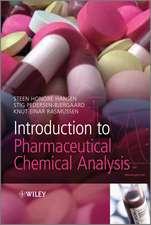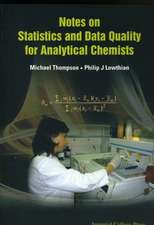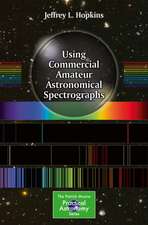Chemical Criminalistics
Autor A. Maehly, L. Strömbergen Limba Engleză Paperback – 6 dec 2011
Preț: 644.63 lei
Preț vechi: 758.38 lei
-15% Nou
Puncte Express: 967
Preț estimativ în valută:
123.39€ • 134.07$ • 103.71£
123.39€ • 134.07$ • 103.71£
Carte tipărită la comandă
Livrare economică 21 aprilie-05 mai
Preluare comenzi: 021 569.72.76
Specificații
ISBN-13: 9783642680632
ISBN-10: 3642680631
Pagini: 336
Ilustrații: VIII, 322 p.
Dimensiuni: 170 x 244 x 18 mm
Greutate: 0.54 kg
Ediția:Softcover reprint of the original 1st ed. 1981
Editura: Springer Berlin, Heidelberg
Colecția Springer
Locul publicării:Berlin, Heidelberg, Germany
ISBN-10: 3642680631
Pagini: 336
Ilustrații: VIII, 322 p.
Dimensiuni: 170 x 244 x 18 mm
Greutate: 0.54 kg
Ediția:Softcover reprint of the original 1st ed. 1981
Editura: Springer Berlin, Heidelberg
Colecția Springer
Locul publicării:Berlin, Heidelberg, Germany
Public țintă
ResearchCuprins
A. General Introduction.- I. Historical Notes.- II. Forensic Science Today.- B. The State of the Art.- I. Narcotics and Dangerous Drugs.- II. Explosives.- III. Polymers.- IV. Fibers.- V. Paints, Varnishes and Lacquers.- VI. Glass.- VII. Soil.- VIII. Firearm Discharge Residues.- IX. Fire Investigation.- X. Questioned Documents.- XI Toxic Substances in Food.- XII. Restoration of Erased Markings.- XIII. Miscellaneous.- C. Auxiliary Activities.- I. The Forensic Significance of Physical Evidence and its Collection.- II. Reference Collections.- III. The Forensic Expert.- IV. Sources of Information on Forensic Science.- V. The Organization of a Forensic Science Laboratory.










